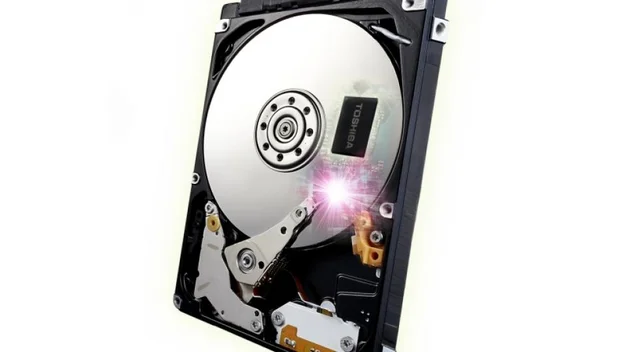Why is my hard drive full? Free up hard disk space quickly and easily

Get extra disk space on your hard drive without deleting your much needed files
Getting a message that your PC is running out of storage space can be a real pain in the … hard disk, especially if you’re in the middle of an important project, or worse still, halfway through downloading a movie. The good news is that you can probably free up a lot of space swiftly without having to delete any of your beloved videos, music, or important documents.
Below are a few ways to free up storage, fast. But before we start, head over to the Windows start menu and type ‘This PC’ and select the option that appears. Here you can see your PC or laptop’s hard drive (or drives) and how much free storage remains on them. Microsoft recommends leaving around 10 percent of your total hard disk space free for your PC to run smoothly and to avoid fragmentation, so if you’ve got a 500GB hard drive and less than 50GB free, then it’s time to delete some data!
Empty the recycle bin
Okay so this is an obvious one, but we had to go there. Even the most seasoned of Windows users can occasionally forget that they left a sizeable movie or programme file in the recycle bin. To empty, simply right-click on the recycle bin on the desktop and choose Empty. If you want to check what’s inside there first, open it up and delete them one by one, or restore the files you want if you realise there’s something you want to keep.

Disk Clean up
This is the quickest and easiest way to get rid of data stored on your hard disk that you just don’t need any more. Hit the Windows Start button and start typing “cleanup” to automatically search your system and a ‘Disk Cleanup’ app should appear before your eyes in the search criteria field. Click this.

A drive selection box will then pop up. Select the drive your OS is installed on, the default drive should show first, this is usually C:/ drive. Once you’re confident this is your main drive where your OS is installed, select OK. Windows will scan your system for a few moments, then a box will pop up asking you what you’d like to get rid of, whether it’s cached web pages, temporary application files, reports from Windows Error Reporting, and so on. Check whichever items take your fancy, but bear in mind the space reclaimed by getting rid of temporary files will only fill up again once you start browsing.
Delete the windows.old file
If you recently upgraded to Windows 10, you will have a folder saved on your hard disk containing lots of data left behind from your previous OS left. When in the Disk Cleanup tool, you can delete this data, which can often be a substantial amount.

Go into Disk Cleanup as before. Now, when you are presented with a list of files to delete, select the “Clean up system files” option on the bottom left. A very similar-looking box will then pop up but will list an option to delete a bunch of files called “Previous Windows Installation(s)”.
You might have to scroll down to find it, but it should be taking up a sizeable bit of drive space. Tick this option and click OK to get rid.
Uninstall old programs
In addition to deleting old files you no longer want, you can do the same for programs that you no longer use. To do this, search for “programs” in the Windows Start Menu, or go to your Control Panel and find the Programs and Features option, and you’ll be presented with a list of currently installed apps.

Have a good look through and if you find any you don’t use anymore, simply click the “uninstall” button. To makes things easier, click on the size tab and order the programs by size, largest first, and then at least you can see what’s taking up the most space and remove some of these to make the biggest impact.
Upgrade
If all your attempts to free up disk space fail, and you keep getting messages about low drive space, you might have to bite the bullet and explore other options, such as forking out for some additional removable storage. The good news is you can actually pick these up quite cheaply these days. This way, you can archive files you want to keep but don’t access often, and create plenty of extra space to store digital photos, videos, music, and other files and to clear some space on your primary hard disk.
Check whether your PC or laptop has USB 3.0 ports, the easiest way to do this is simply look to see if any of the ports are blue in colour. USB 3.0 ports allow for far faster files transfers, the vast majority of portable and desktop disks support the new standard but be sure to plug it into the right port to get the additional speed.
